Customising the TEI for your project
Dr James Cummings
@jamescummings
http://slides.com/jamescummings/customisingtei
Customising the TEI




Possibilities of the
TEI Framework
Project B
Project A
New Elements
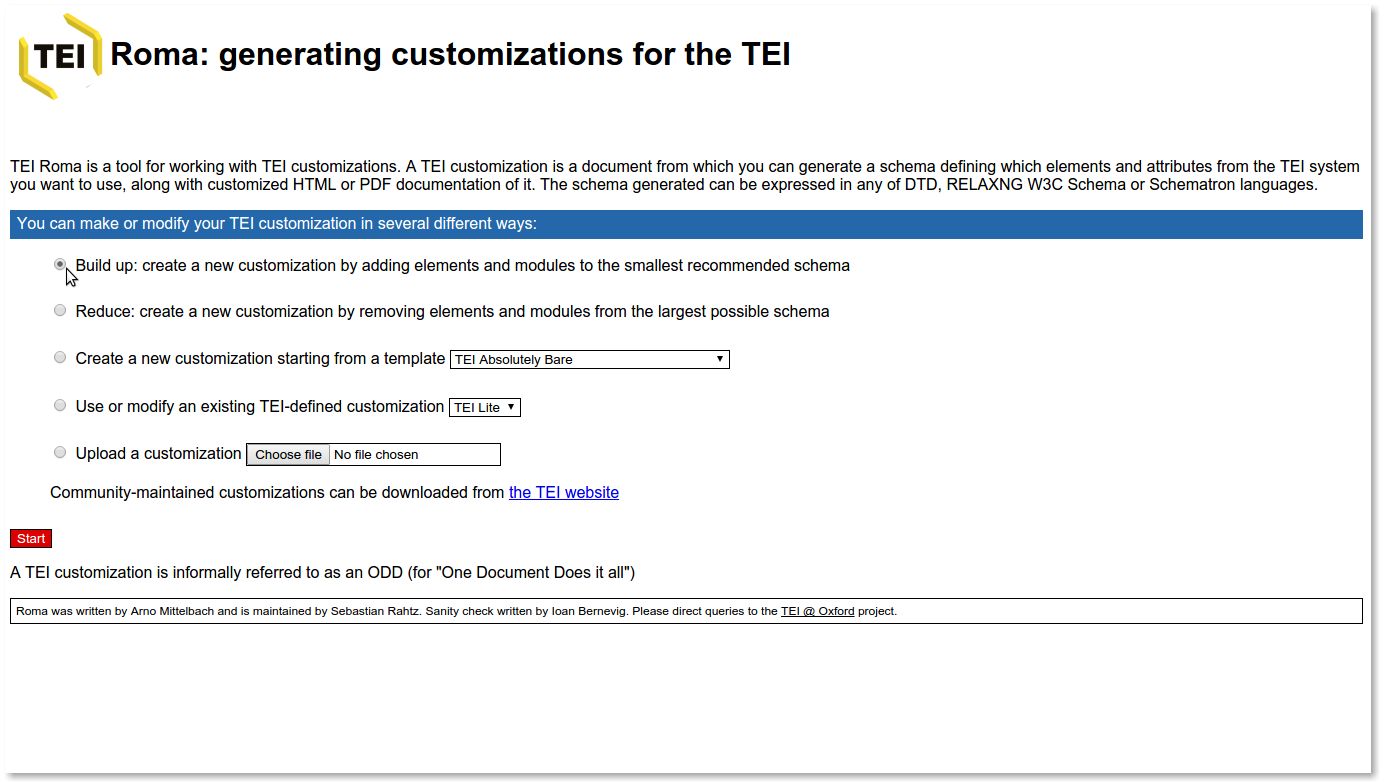
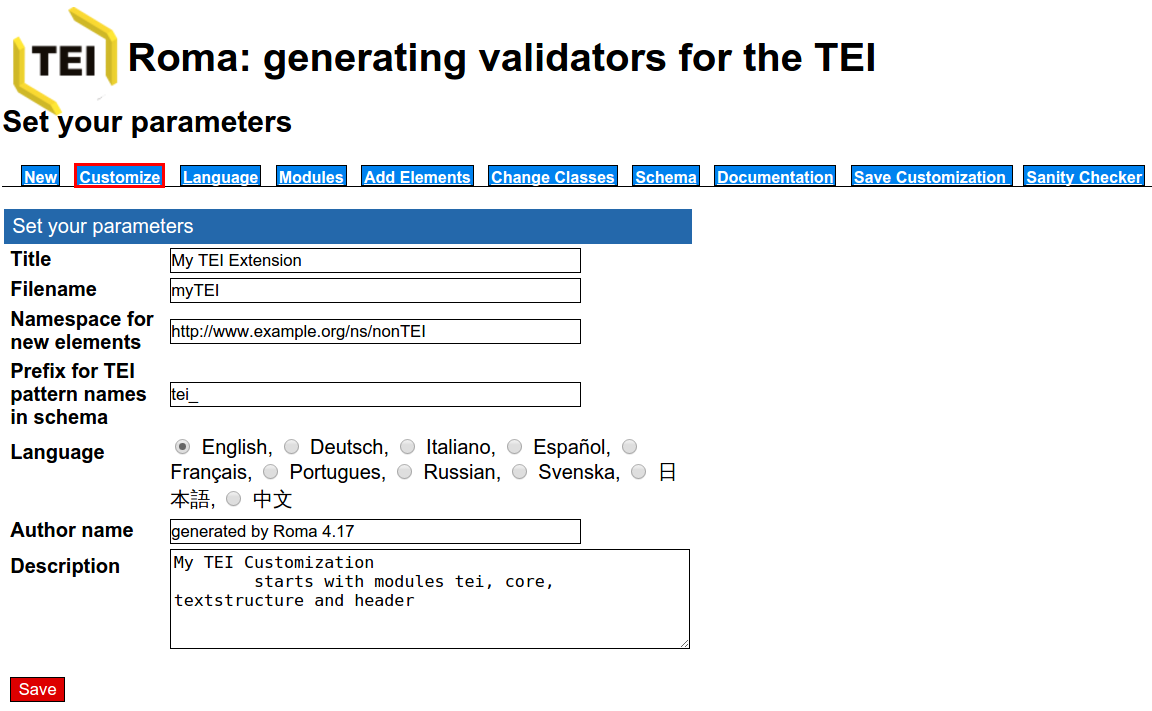


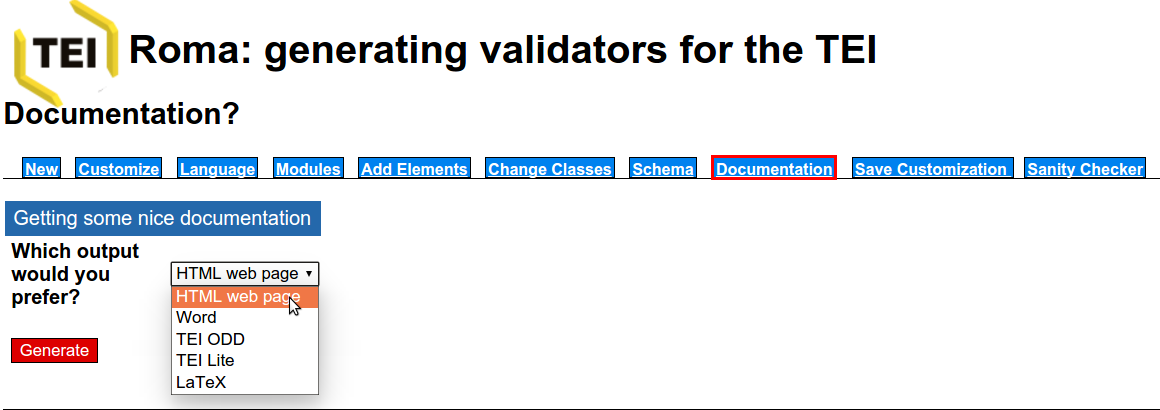
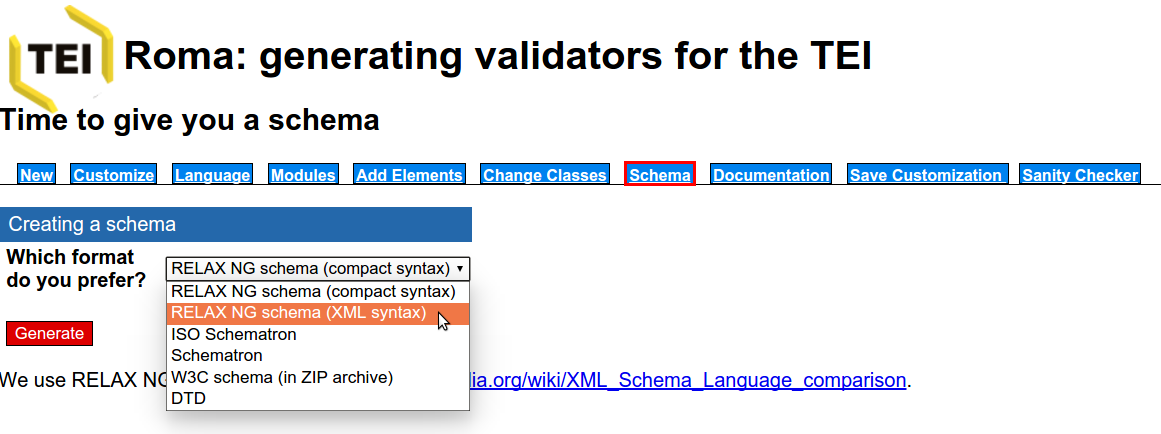
What does the underlying XML look like?




- @include = never get any new elements
- @except = get new elements if you regenerate schema



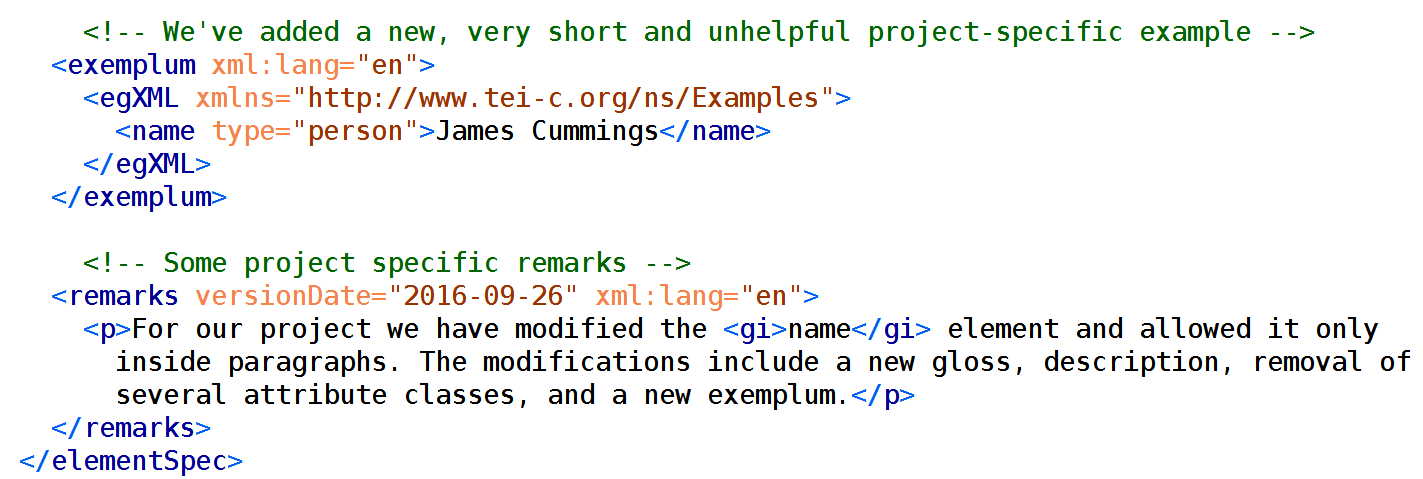


Why Customise?
- Enforce consistency between one or more encoders
- Increase speed of encoding with set value lists and descriptions
- Generate internationalised, project-specific, documentation
- Record decisions and relationship with the TEI in a machine-processable form
- Create local encoding manual with embedded schema specifications
- Provide long-term archival documentation for your projects outputs
Do we have to?
- While customization of the TEI is not required it is a good idea as a form of documentation
- Customizations help remove human error amongst a group of encoders or even a single encoder over time
- While the TEI-C provides off-the-shelf customizations like tei_all, tei_lite, and tei_simplePrint it is very unlikely that these perfectly match any particular project
- All good TEI projects customize the TEI to not only reap the benefits of a a local encoding manual and schema, but as documentation for the future
TEI is standardisation by not saying
“Do what I do”
but instead by saying
“Do what you need to do but tell me about it in a language I understand”
Freedom to Constrain
- If you merely constrain the TEI to be:
- smaller
- more precise
- have specified attributes
- project-specific examples
- localised documentation
- then interoperability is less of a problem
- But there are still issues:
- different practices in various communities
- different element choices
- variation in attribute values
These problems are multiplied if new elements are added


- The ability to interchange many documents improves significantly with a common interchange format
- Customisation can document the differences in a machine processable format so tools can compare different corpora
Unmediated Interoperability Fantasy
- True interoperability only happens because of mediating factors between resources (e.g. crosswalks, normalisation scripts, understanding of the differences)
- If seamless interoperability happens without these then it is lowest common denominator interchange instead:
- the initial data structures are trivial, limited or of only structural granularity,
- the method of interoperation or combined processing is superficial,
- there has been a loss of intellectual content, or
the resulting interoperation is not significant.
TEI Processing Model
- The TEI processing model documentation in TEI ODD Customisations enable record of processing intentions
- Software developers can read TEI ODD Customisation file and generate processing streams based on documented behaviours
- Testing and early adopters show that this 'build a factory rather than a car' approach saves significantly in code-length and complexity
- eXist-db Native XML Database has incorporated this to produced their TEI Publisher eXist-db App
Customising the TEI for your project
By James Cummings
Customising the TEI for your project
An introductory workshop talk on customising the TEI.
- 2,317



